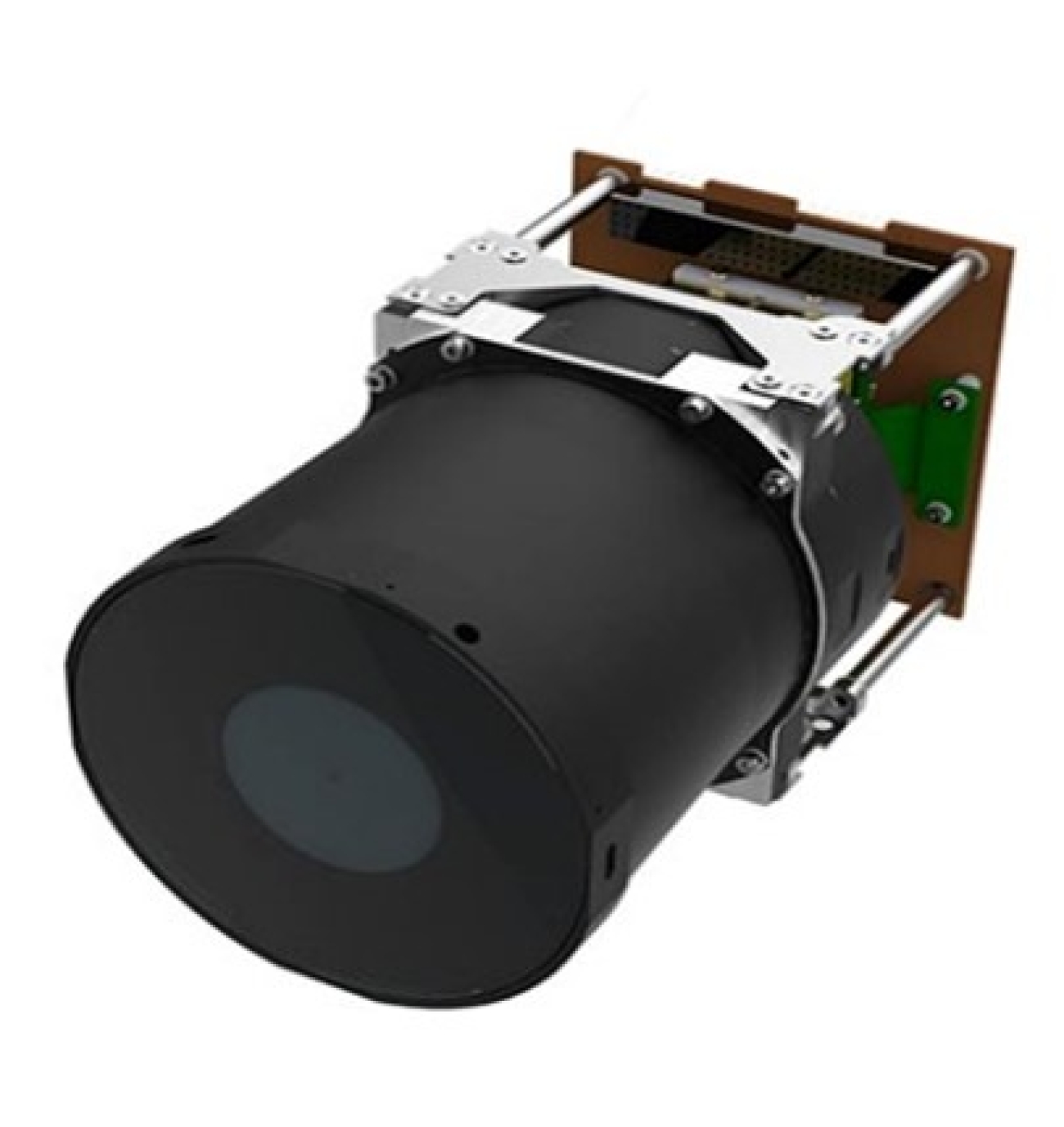In line with their dedication to fostering local space research, SAASST is introducing the Sharjah-Sat-2, a 6U Cube Satellite fitted with an advanced hyperspectral imagining camera created by Simera Sense, a South African firm specializing in designing imagers for CubeSats.
The "HyperScape100" imager offers a resolution of less than 5 meters when positioned at 500 kilometers. This camera also incorporates a special Complementary Metal Oxide Semiconductor (CMOS) sensor capable of capturing as many as 32 spectral bands.
Furthermore, the electronics that read the data can collect up to 442 spectral bands, including a black and white band that covers a range from 442 to 884 nanometers, with each color changing every 1 nanometer. This range covers the visible spectrum and extends into a fraction of very near-infrared (VNIR) regions.
The front part of the camera has a special Cassegrain lens with a large opening and a longer focal length. This helps achieve a resolution of less than 5 meters in Ground Sample Distance (GSD). The camera is equipped with onboard storage of 128 Gigabytes, enabling the storage of numerous images before they are transmitted to the X-Band ground station for downlinking. Below is a figure of the HyperScape 100 optical payload onboard the Sharjah-Sat-2 6U CubeSat.
Once the raw images are received through our ground station, the SAASST team will employ Artificial Intelligence (AI) to process and analyze the images. This analysis aims to extract valuable information, including but not limited to detecting changes in the land, such as deforestation, desertification, and construction. In addition, analyzing chemical alterations in terrestrial and aquatic environments would assist in predicting potential harm to the environment and the depletion of natural resources. This examination would significantly benefit the Emirates, primarily for evaluating the condition of power and water infrastructure and conducting assessments of water quality in the Arabian Gulf.



